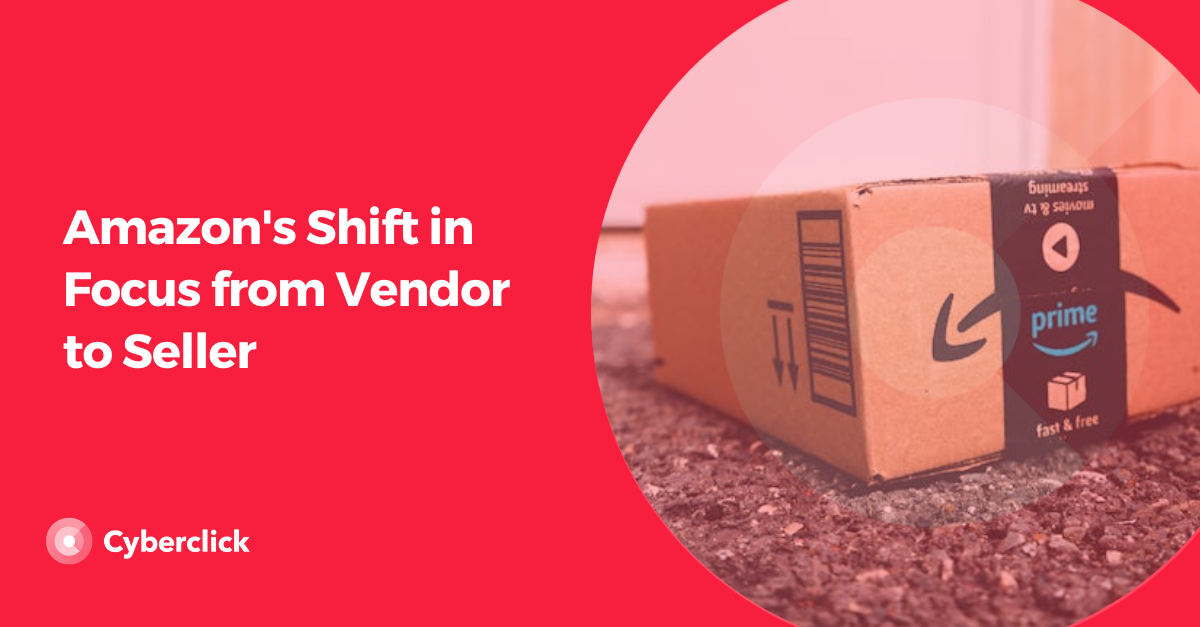Marketing is a field that changes constantly, and what has worked in 2023 or made your business take off, may no longer work in 2024. Therefore, it is essential that you are always updated on the latest trends in digital marketing. Read on to learn about some of the biggest trends for 2024 and select the ones that will help you improve your strategy and achieve better results!
Marketing Trends for 2024
1. Rise of AI-Driven Marketing
If 2023 marked the inception of AI-driven marketing with the introduction of tools like ChatGPT, among others, 2024 is poised to see a widespread adoption of AI on an unprecedented scale, firmly integrating it into digital marketing strategies across companies. It will be uncommon (and not necessarily recommended) for agencies or marketing teams not to use AI tools.
Tasks ranging from data analysis, targeted advertising, and personalized customer experiences to customer segmentation, automation of repetitive tasks, design, inspiration-seeking, and information retrieval will be bolstered by Artificial Intelligence tools. This technology will not only serve to enhance and streamline the efforts of professionals but also improve overall customer experience.
2. Embracing TikTok Profiles for Companies.
This digital marketing trend for 2024 should not surprise anyone! TikTok has been trending for some years now and many brands have already have a presence on this platform. However, 2024 will be the year in which TikTok will gain importance for marketing. To date, TikTok is one of the least used social networks, with only 4% of marketers in the United States using it. Many see the platform as primarily geared towards Gen Z and others don't really know their way around it.
In 2024, a significant shift is on the horizon, as numerous users are underutilizing TikTok's potential. Moreover, the social network has proactively prepared for marketers by launching TikTok for Business in 2020, a tool designed for companies and brands to promote themselves. Is your company prepared to integrate TikTok into its marketing strategy?
3. Expansion of Social Commerce
Social commerce is a practice that involves using social networks as an additional direct channel for selling products and services. It integrates ecommerce functionalities into social media platforms, including features like payment processing. Essentially, social commerce blurs the lines between ecommerce and social networks, fostering a symbiotic relationship that benefits users by simplifying the purchasing process.
While social commerce was anticipated to be a significant trend in 2022, it didn't achieve the level of success expected. This time around, the forecast is more measured. Although social networks may not totally transform ecommerce channels, it's crucial for brands to upload their catalogs. This ensures a direct link to each product and allows users to quickly and easily purchase items they've come across on social networks.
4. Digital Messaging and Email Marketing
Did you think email marketing was on its last leg? Not at all! In 2024, it will still be a highly effective way to engage and persuade consumers, just like chatbots and mobile notifications. In fact, the number of emails between businesses and consumers is expected to reach 361 billion in 2024, 55 billion more than in 2020.
This strategy is extremely powerful, as it allows brands to interact directly and more personally with users.
This digital marketing trend for 2024 reminds us of the importance of getting up to speed when it comes to gathering information about the customer journey, as this can be used to extract valuable data to create more relevant messages.
5. Maximizing Returns with the Top 3 ROI-Driven Channels
ROI (Return on Investment) is a metric used to assess a company's profits in relation to its investment costs. According to the data, SEO (search engine optimization), content marketing, and Google Ads are poised to deliver the most promising ROI in 2024. As a result, these three strategies should be integral components of your marketing strategy for the upcoming year.
6. Privacy-Centric Marketing
Have you heard of Privacy-Centric Marketing? This type of marketing is based on prioritizing users' privacy, transparent data collection, secure data handling, and consumer consent in order to, in addition to complying with privacy regulations, generate trust in users. This is something that is often a challenge for brands that communicate mainly in the digital environment.
This is going to be one of the most interesting digital marketing trends of 2024, considering that 83% of consumers want to have greater control over their personal data.
Third-party cookies, and consequently, the tracking of individual users for targeted advertising is on the verge of extinction. Evidently, 2024 is earmarked as the year when Google Chrome aims to phase them out, though delays in this timeline wouldn't be unprecedented. Nevertheless, the transition is imminent, necessitating that brands adopt "first-party cookies"—which are inherently more secure than their predecessors.
7. Visual Recognition Technology Revolutionizing Search
You've likely heard of Google Lens, the tool created by Google that works with Machine Learning, allowing users to conduct searches using images instead of text. However, Google is not the sole pioneer in making this functionality available to the public; Pinterest and Amazon have also ventured into this realm. It appears that a noteworthy trend in digital marketing for 2024 will be the wider spread adoption of this capability.
The integration of visual recognition technology in searches signifies a departure from the traditional method of typing specific queries like "floral print dress" into a search engine. Instead, users can now simply upload a photo of a dress that serves as inspiration to find what they are looking for.
This shift underscores the increasing importance of optimizing product images. In fact, Pinterest CEO Ben Silbermann has expressed the belief that the future of search will be with images instead of keywords.
8. Mastering Video Marketing and Video Ads
Video marketing is an increasingly powerful strategy, as audiences have proven to be very receptive to the audiovisual format. This trend is anticipated to gain further traction in 2024, with a growing number of marketers leveraging it not only to showcase products and services but also to create deeper and more enduring connections with their audiences. Video marketing has witnessed substantial growth, surging from 18.7% in 2020 to 22.5% in 2022, and this upward trajectory is expected to continue in 2024.
Furthermore, the prevalence of live streams is poised to become a notable trend in digital marketing for 2024. It is becoming increasingly common for audiences to engage in real-time with brands, enhancing the immediacy and interactivity of marketing efforts.
9. Microinfluencers Will Gain Ground
Microinfluencers are individuals with social media accounts who have community of followers ranging from 1,000 to 10,000. This range may vary depending on the sources consulted. Generally, these influencers direct their content toward specific niches. In essence, they are lesser-known influencers with smaller audiences, yet brands have discovered substantial potential within this demographic. Their communities are often more engaged and have a higher level of interaction. Anticipations for 2024 include a surge in collaborations between these content creators and brands, driven not only by their engaged audiences but also by their tendency to offer more authentic content.
10. Rising Power of Product Placement in Influencer Marketing
Product placement iis an advertising technique wherein a product, service, brand, or slogan seamlessly integrates into audiovisual content, either directly or indirectly. A classic example is when characters in a series naturally incorporate a product from a specific brand into their actions. While this technique is commonly associated with television, influencer marketing has also embraced it, and indications suggest that we'll see even more of it in 2024.
In the coming year, it's expected that creators will frequently integrate the products or services they wish to promote into their regular content. Conversely, content solely focused on promoting a brand is projected to lose traction. In essence, 2024 seems poised to be the year of subtler and less overt advertising on social networks, as audiences increasingly prefer a less sales-oriented approach. For instance, promoting the latest Sony camera might be more impactful if integrated into a travel video blog rather than being presented solely through a home-based promotional pitch.
11. Harnessing User-Generated Content (UGC)
User Generated Content is going to be a very powerful trend in digital marketing in 2024. According to the American Association of Advertising Agencies, no less than 96% of consumers do not trust ads. Another study reveals that an overwhelming 93% of marketers believe that consumers trust content created by real people. It's a no-brainer! Additionally, when considering that search engines' interest in this type of content has surged by 335% in the past decade, the trajectory of this trend becomes self-evident.
While influencer marketing and advertisements featuring well-known personalities are not disappearing anytime soon, it's clear that UGC will wield significant influence in 2024.
12. The Growth of Voice Search
We conclude our list of digital marketing trends for 2024 with one closely tied to the success of devices like Google Assistant or Amazon's Alexa. Experts project that the market for digital voice assistants will reach 26.8 billion by 2025, given that currently 1 in 4 people use this type of search on their mobile devices. Consequently, it appears that text-based SEO may take a back seat. This shift is prompting marketers to reassess their approach and incorporate more conversational language into their strategies, recognizing that spoken communication differs from written text. Previously, a keyword might have been "coffee shop near me," but now it could evolve into "Where can I find a coffee shop near me that serves breakfast?"
CEO y cofundador de Cyberclick. Cuenta con más de 25 años de experiencia en el mundo online. Es ingeniero y cursó un programa de Entrepreneurship en MIT, Massachusetts Institute of Technology. En 2012 fue nombrado uno de los 20 emprendedores más influyentes en España, menores de 40 años, según la Global Entrepreneurship Week 2012 e IESE. Autor de "La empresa más feliz del mundo" y "Diario de un Millennial".
CEO and co-founder of Cyberclick. David Tomas has more than 25 years of experience in the online world. He is an engineer and completed an Entrepreneurship program at MIT, Massachusetts Institute of Technology. In 2012 he was named one of the 20 most influential entrepreneurs in Spain, under the age of 40, according to Global Entrepreneurship Week 2012 and IESE. Author of "The Happiest Company in the World" and "Diary of a Millennial".






Leave your comment and join the conversation